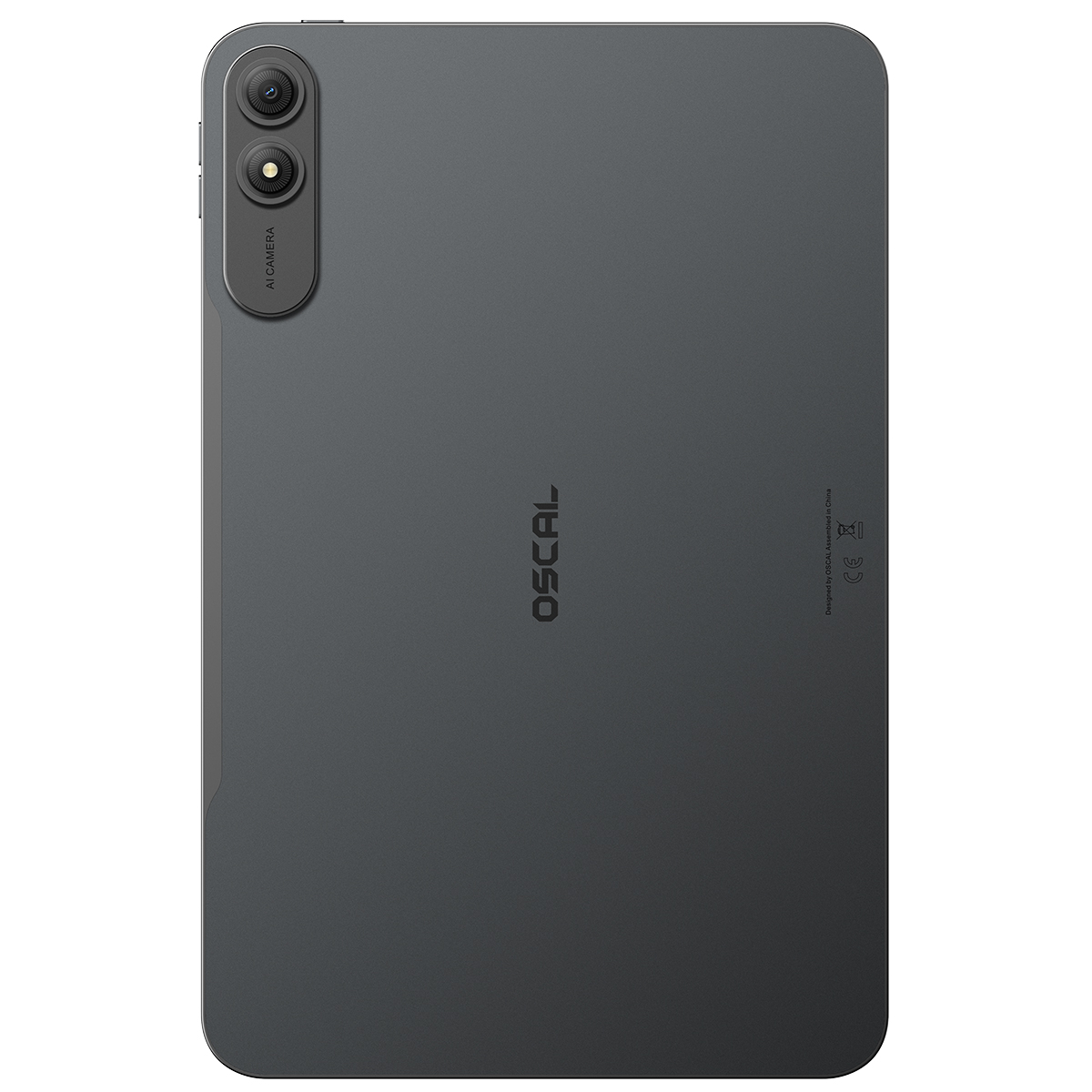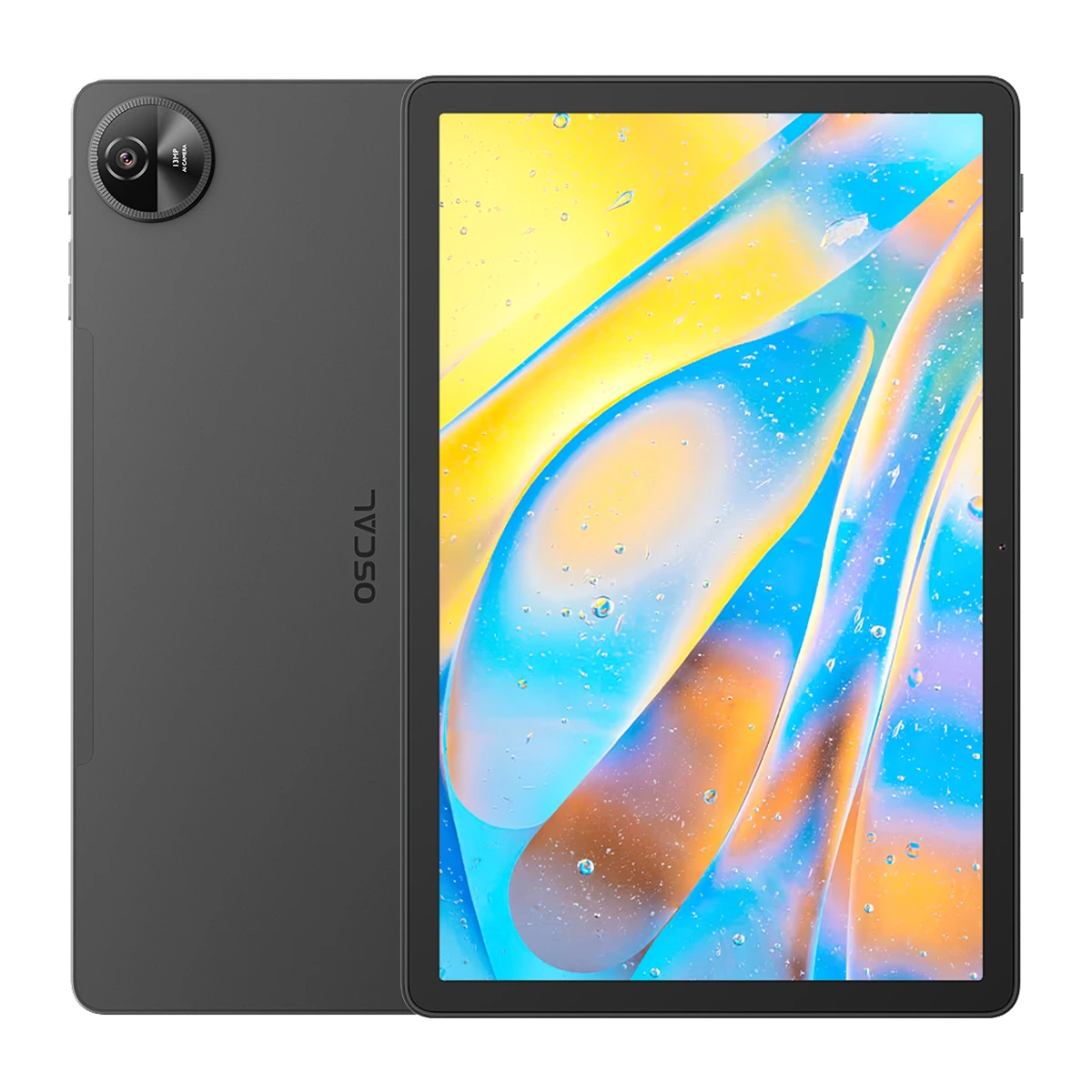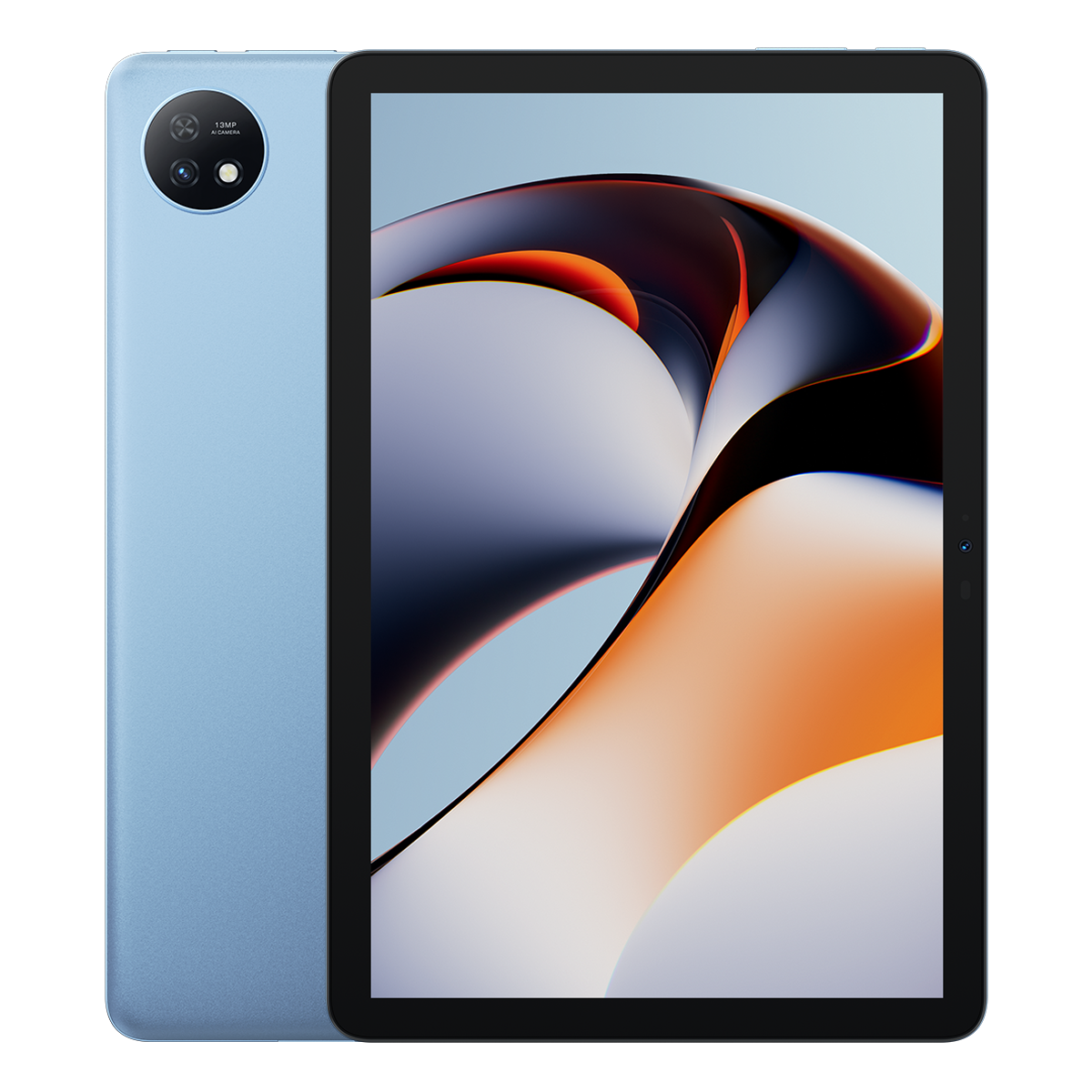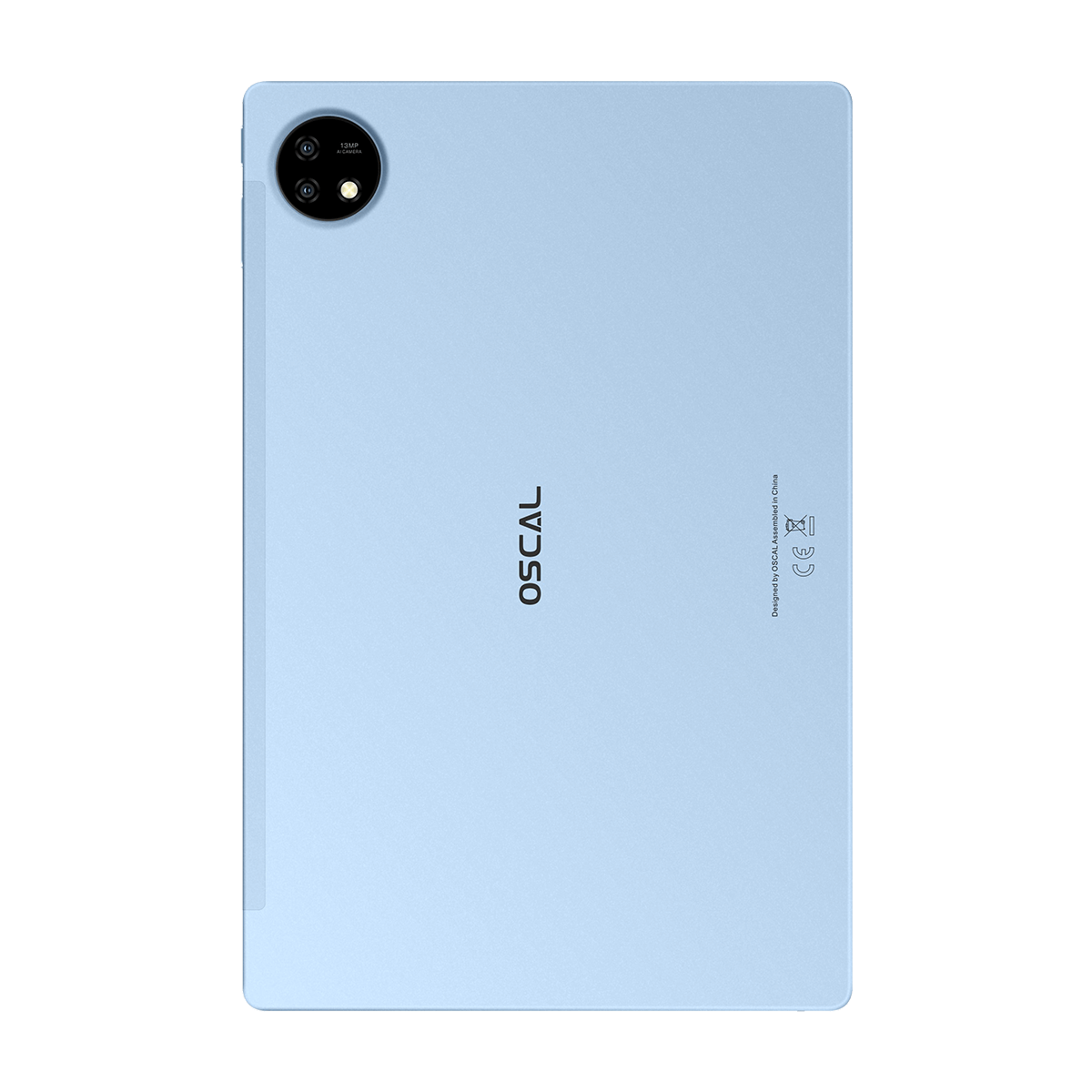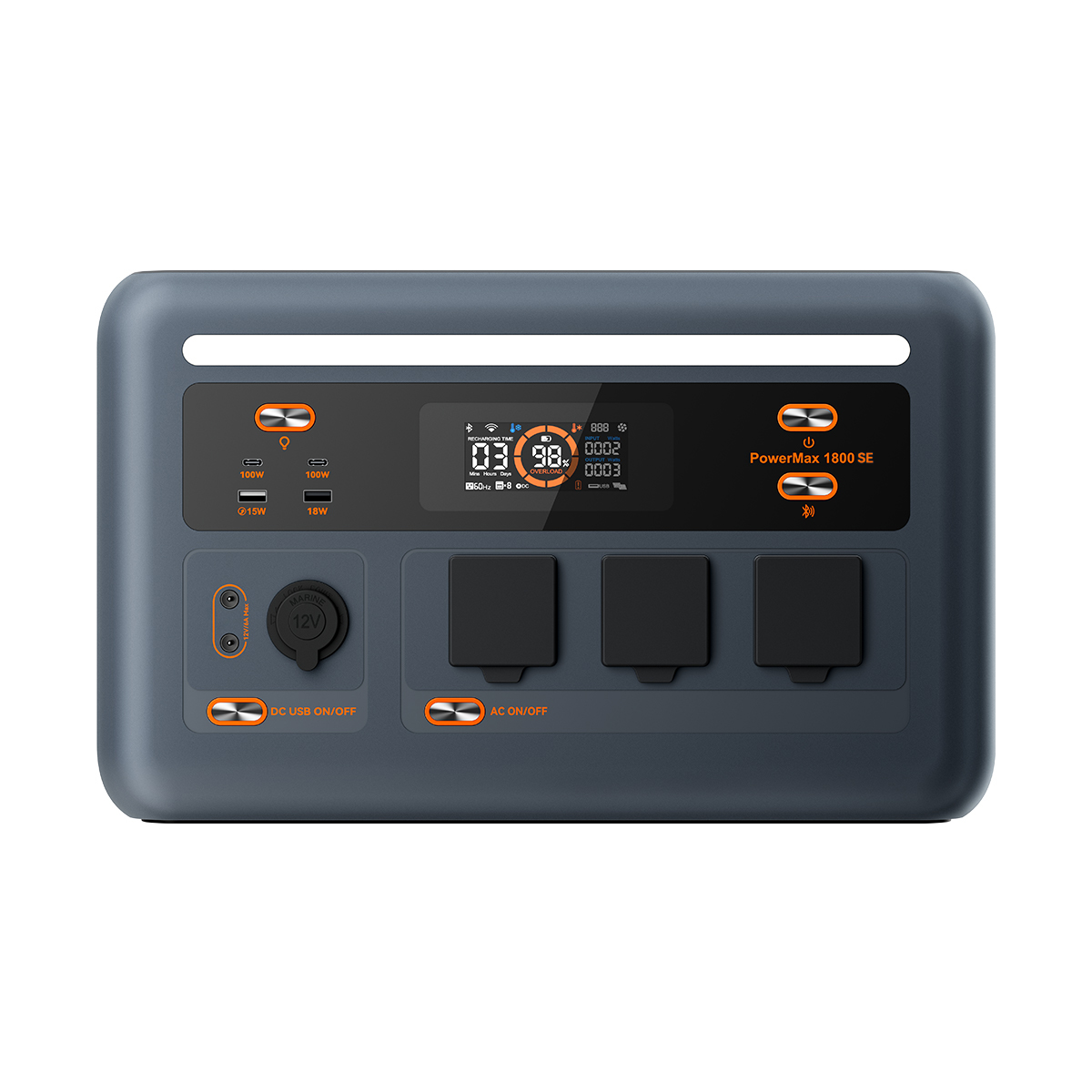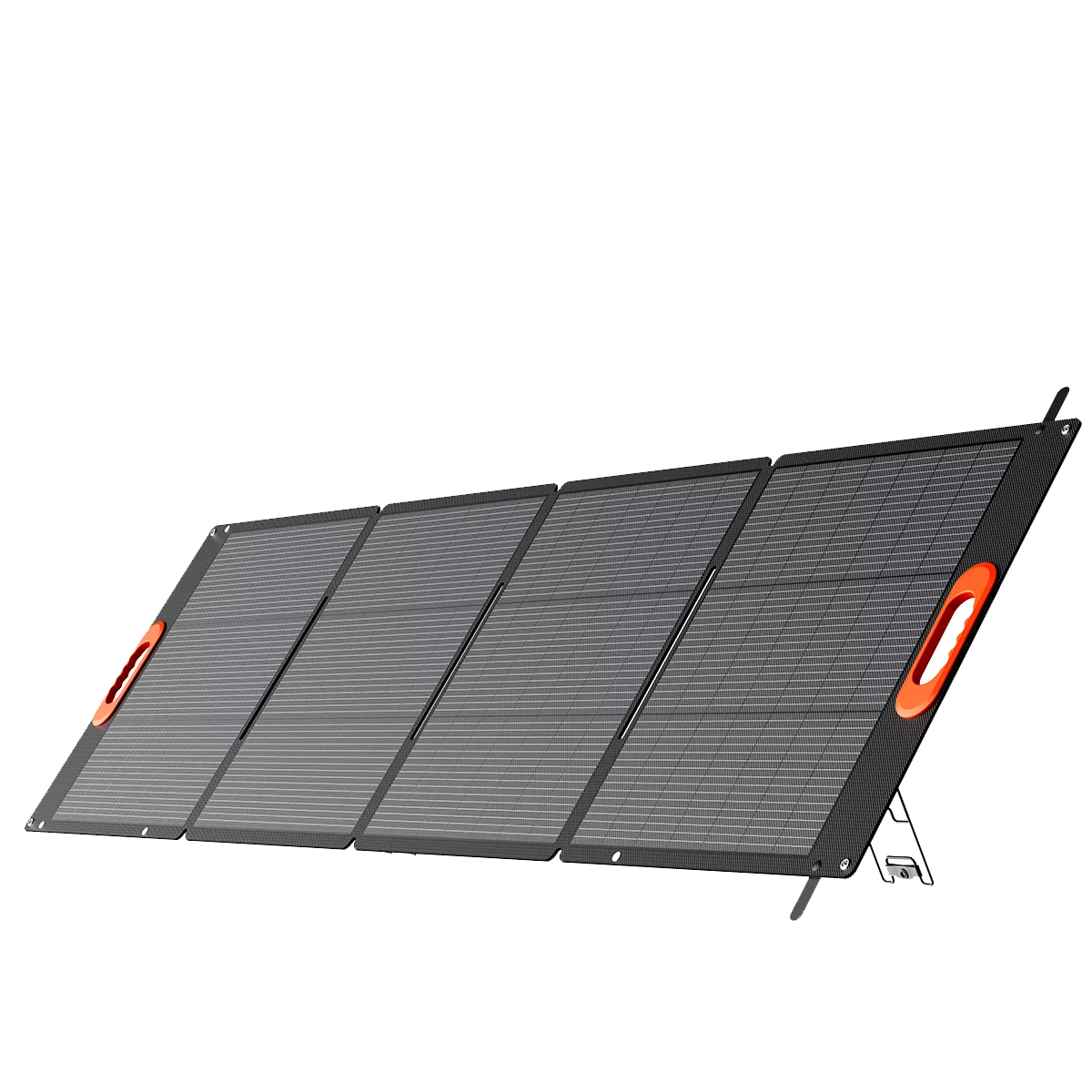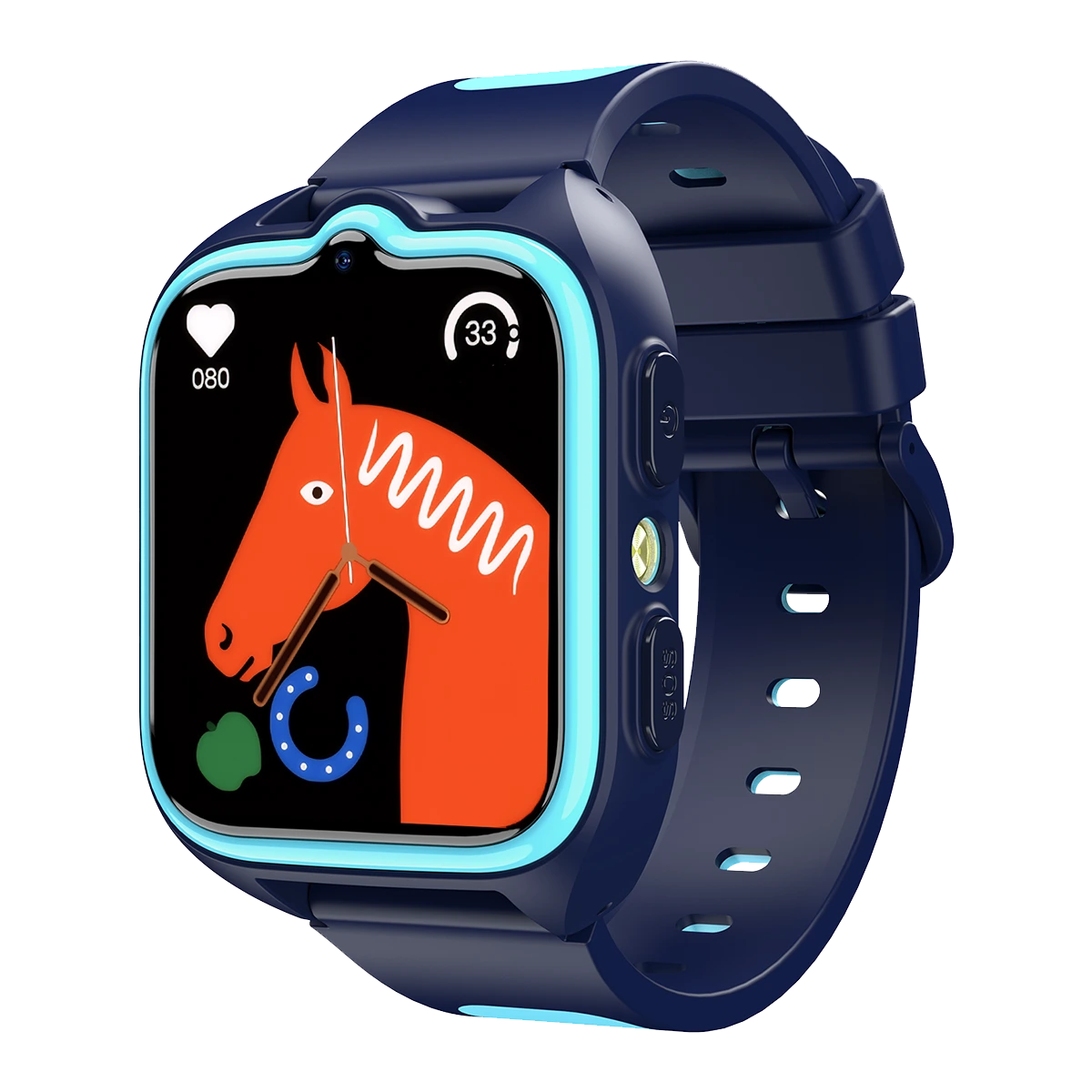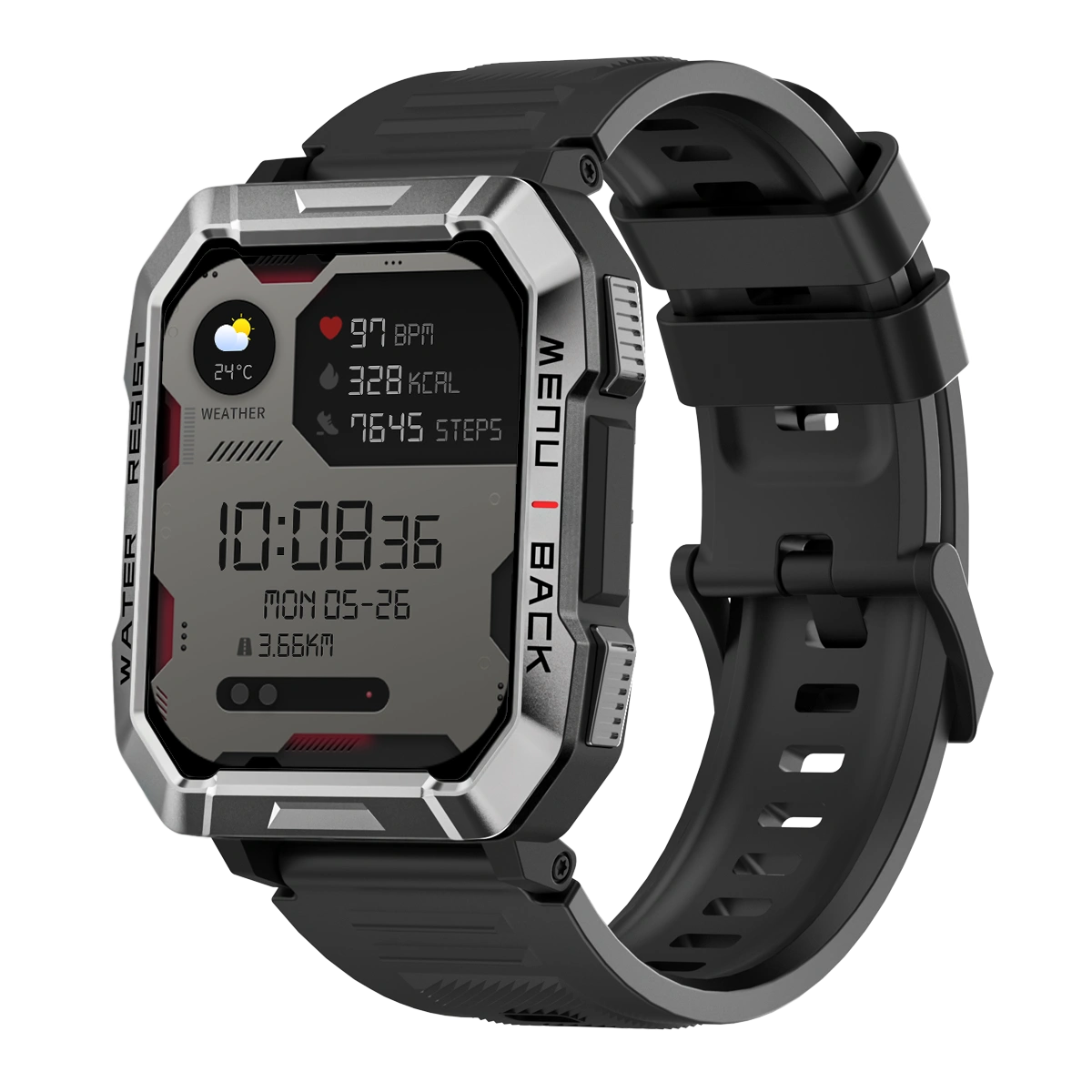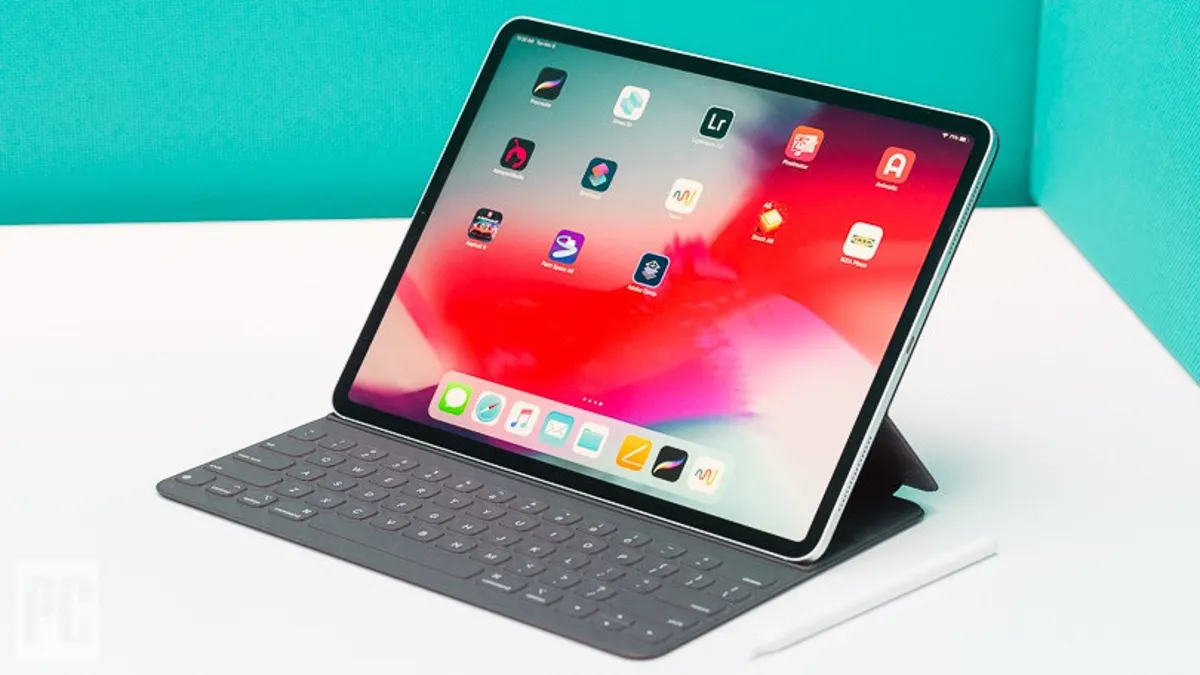Welcome to OSCAL (Well-known brand of rugged smartphone, tablet, and portable power station) blog. Hope this guide has been helpful.
Tablets, such as Samsung Galaxy, Blackview, OSCAL, and other models, are versatile devices that bridge the gap between smartphones and laptops. But one common question users have is: Can I make phone calls on a tablet? The answer depends on the tablet's hardware, software, and carrier support. This guide explores the possibilities and limitations.
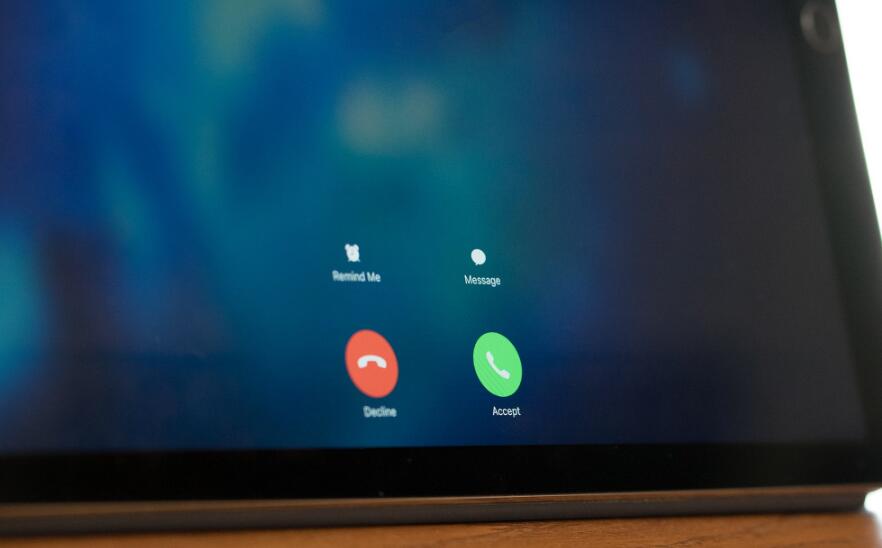
1. Can Tablets Make Traditional Phone Calls?
Not all tablets support traditional cellular voice calls like smartphones. However, some exceptions exist:
- Tablets with Cellular (LTE/5G) Support: Some tablets (e.g., Samsung Galaxy Tab S series, Blackview MEGA 2, OSCAL Pad 100) have SIM card slots and cellular connectivity, but they may still lack native phone call functionality.
- Tablets with Phone App: A few Android tablets include a built-in phone dialer, allowing them to make calls like a smartphone.
2. How to Make Calls on a Tablet (Even Without Cellular)
If your tablet doesn’t support traditional calls, you can still make calls using these methods:
A. VoIP (Voice over IP) Apps
- WhatsApp, Skype, Zoom, or Google Meet: These apps allow voice and video calls over Wi-Fi or mobile data.
- Facebook Messenger, Telegram, or Signal: Popular messaging apps with calling features.
B. Carrier-Supported Calling (Wi-Fi Calling)
- Some carriers (e.g., T-Mobile, Verizon) support Wi-Fi calling on tablets, letting you use your phone number.
- Requires carrier compatibility and account setup.
C. Call Forwarding from a Smartphone
- Use apps like Google Voice or carrier-specific solutions to forward calls from your phone to your tablet.
3. Samsung Tablets with Calling Features
Samsung offers some tablets with phone-like functionality:
- Galaxy Tab S6/S7/S8/S9 (LTE/5G models): These support calls if enabled by the carrier.
- Samsung’s "Call & Text on Other Devices" Feature: Syncs calls/texts from your Samsung phone to your tablet via Wi-Fi.
4. iPad and Calling
iPads do not have a built-in phone app, but you can:
- Use FaceTime for Apple-to-Apple calls.
- Enable Wi-Fi Calling (if supported by carrier) to receive iPhone calls on iPad.
5. Limitations and Considerations
- No Emergency Calls: Most VoIP apps cannot call emergency services (e.g., 911 in the U.S.).
- Carrier Restrictions: Some carriers block voice calls on tablets even with cellular support.
- Battery Drain: Frequent calling may reduce battery life faster.
Conclusion
While most tablets aren’t designed for traditional phone calls, workarounds like VoIP apps, Wi-Fi calling, and carrier features enable calling functionality. If calling is essential, check for tablets with built-in phone support or use companion apps linked to your smartphone.



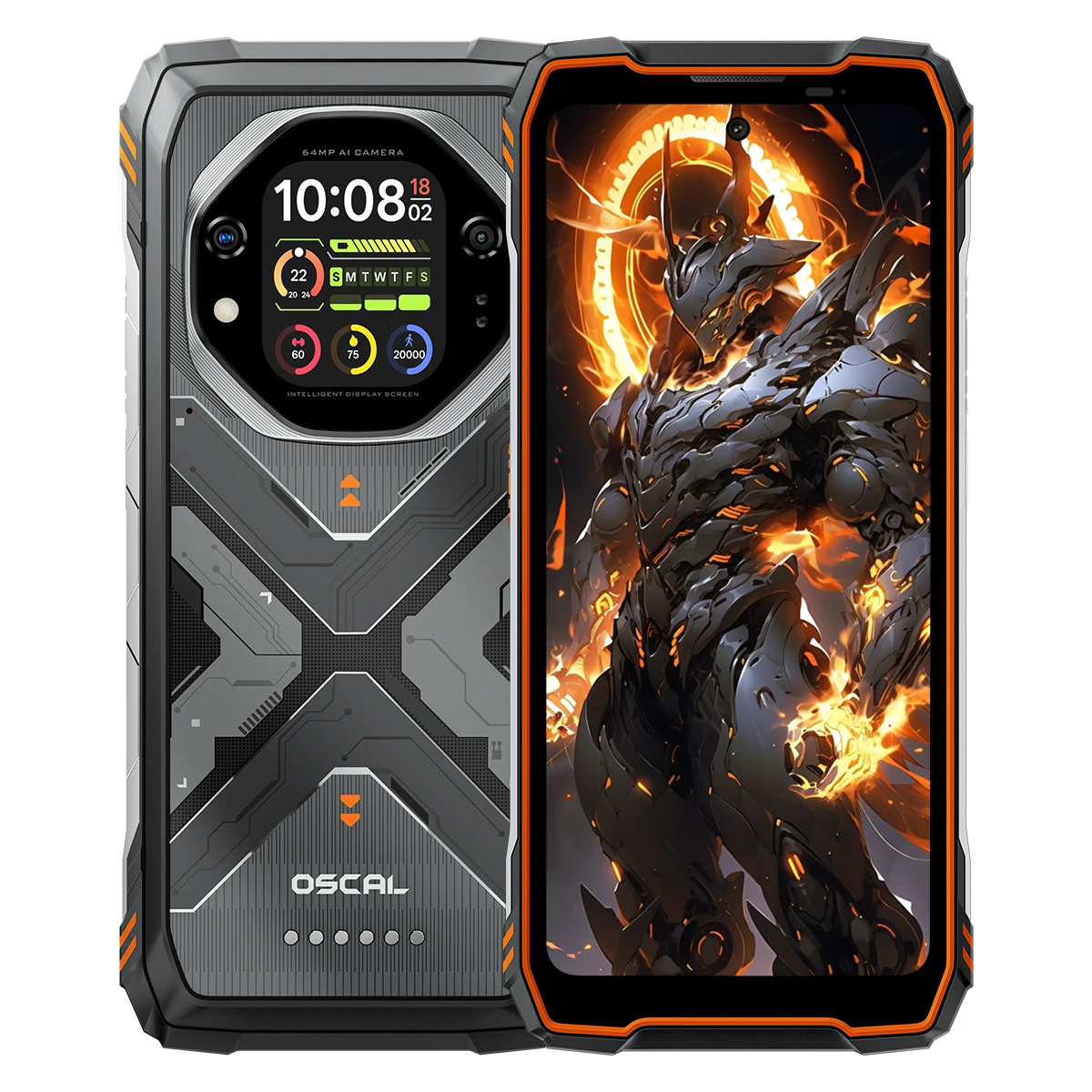
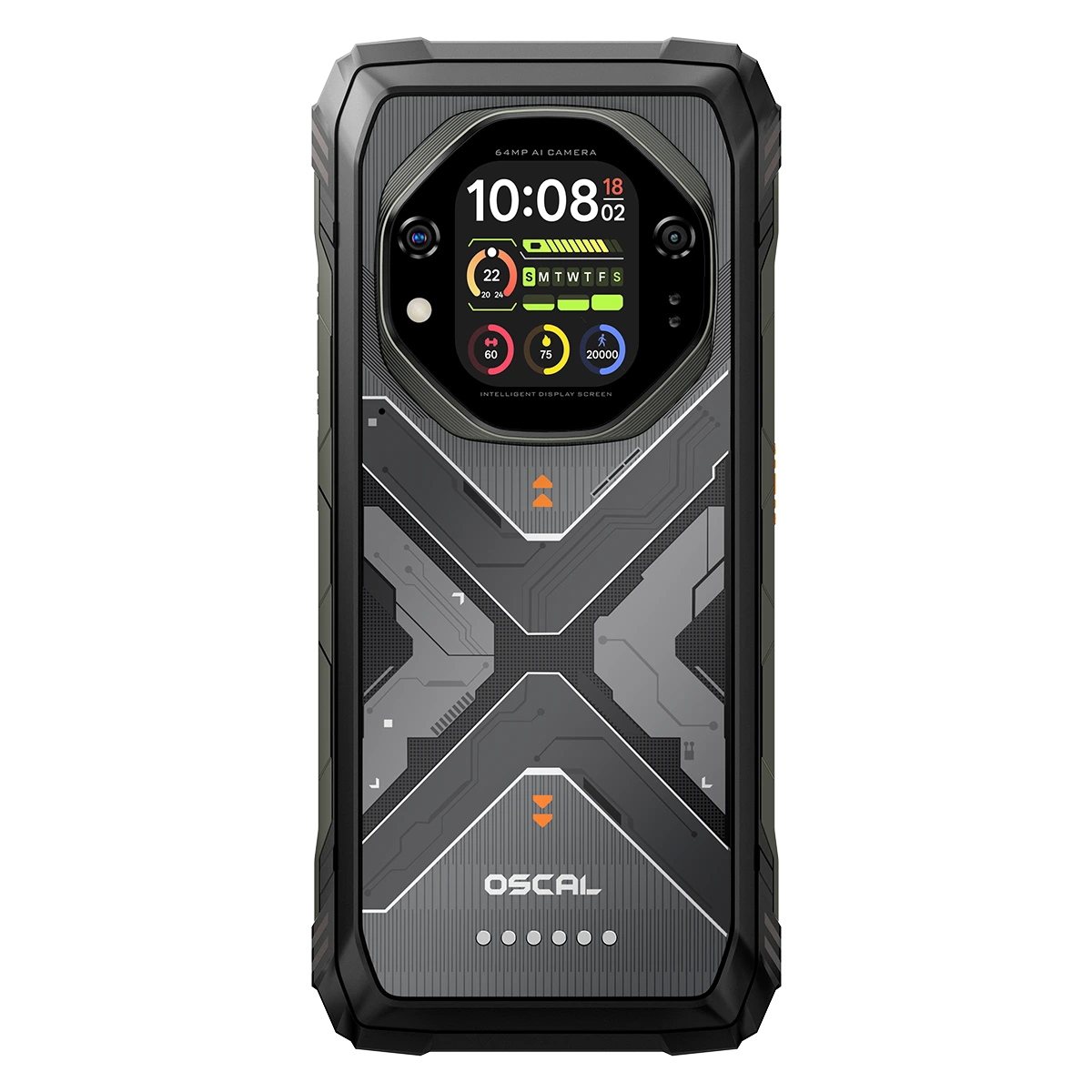











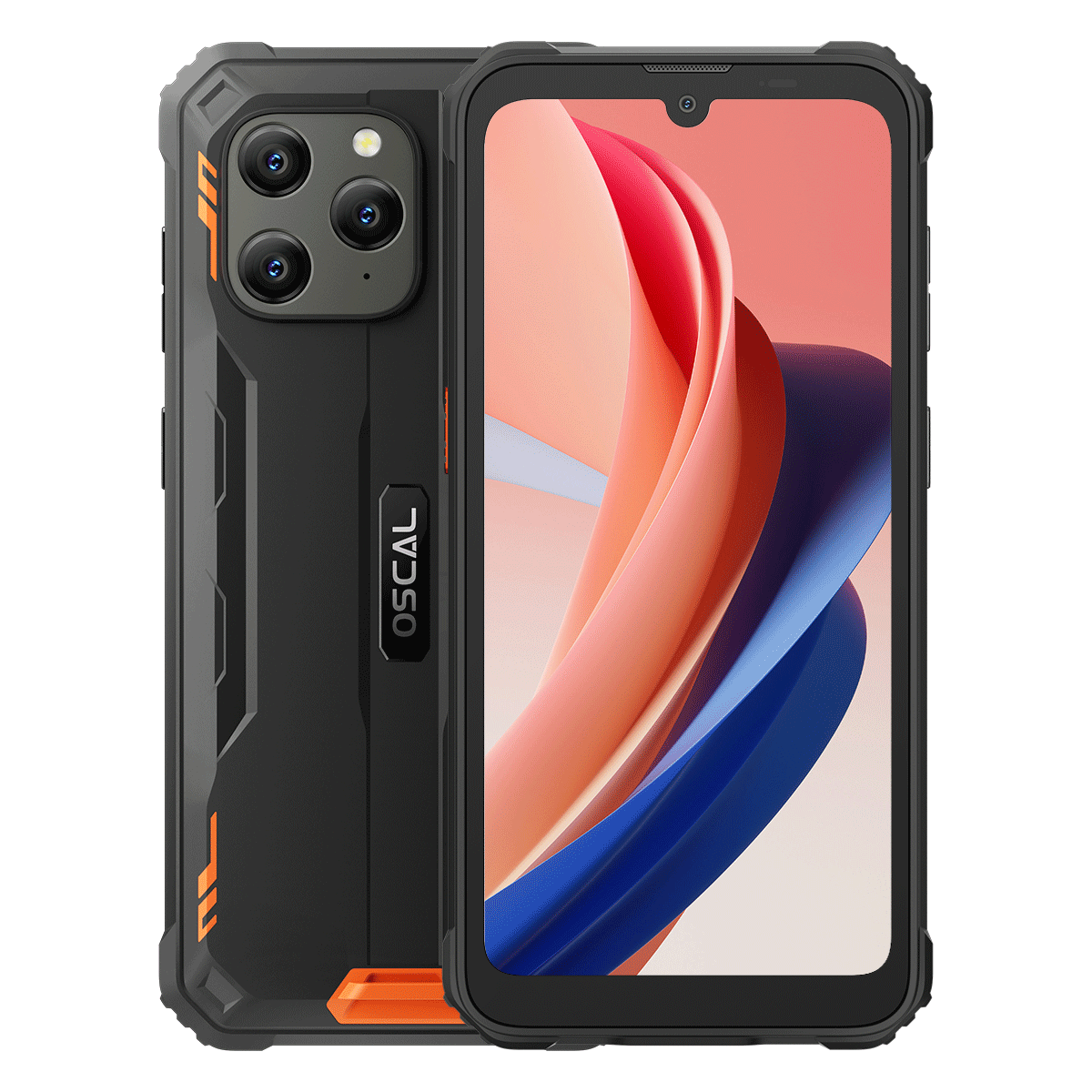

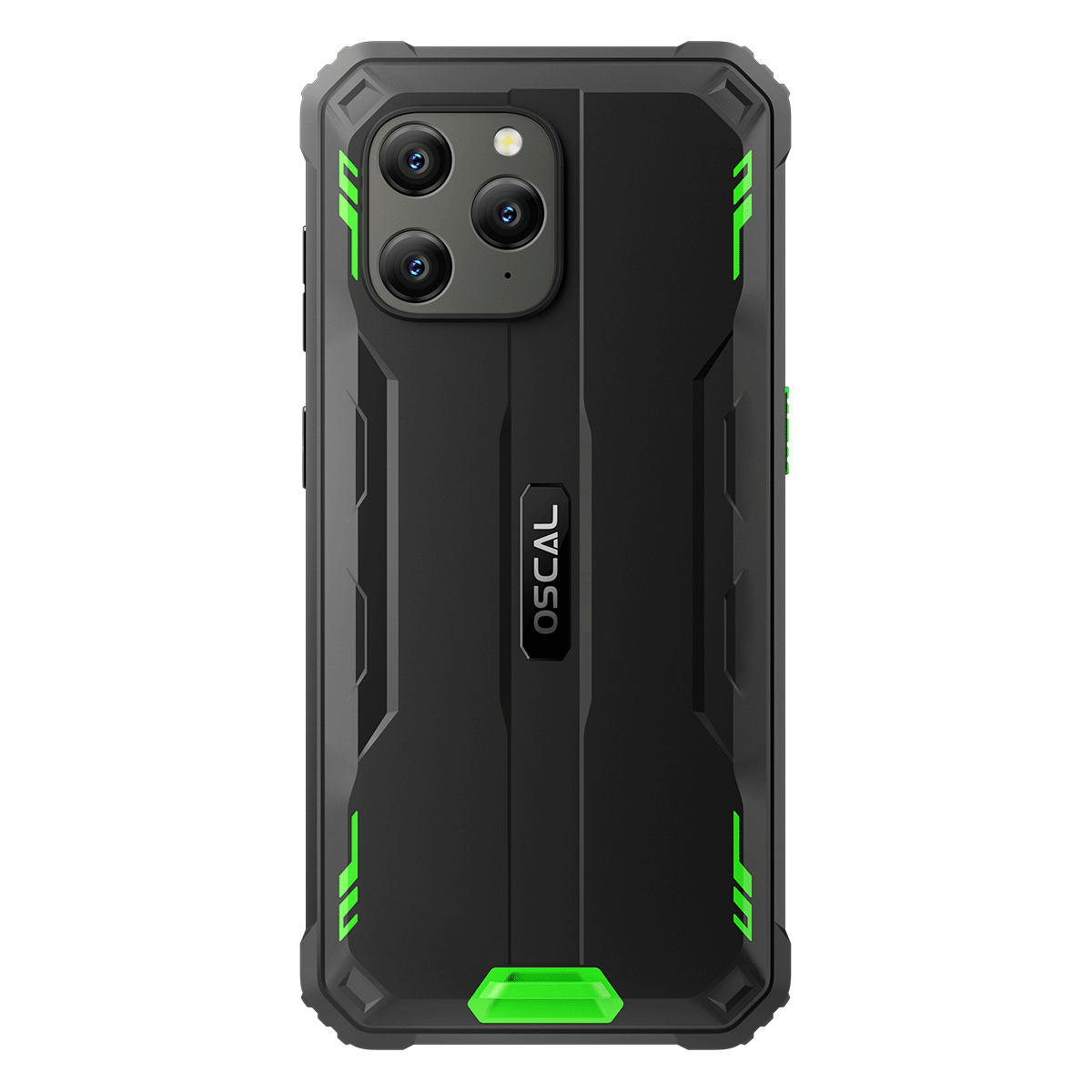












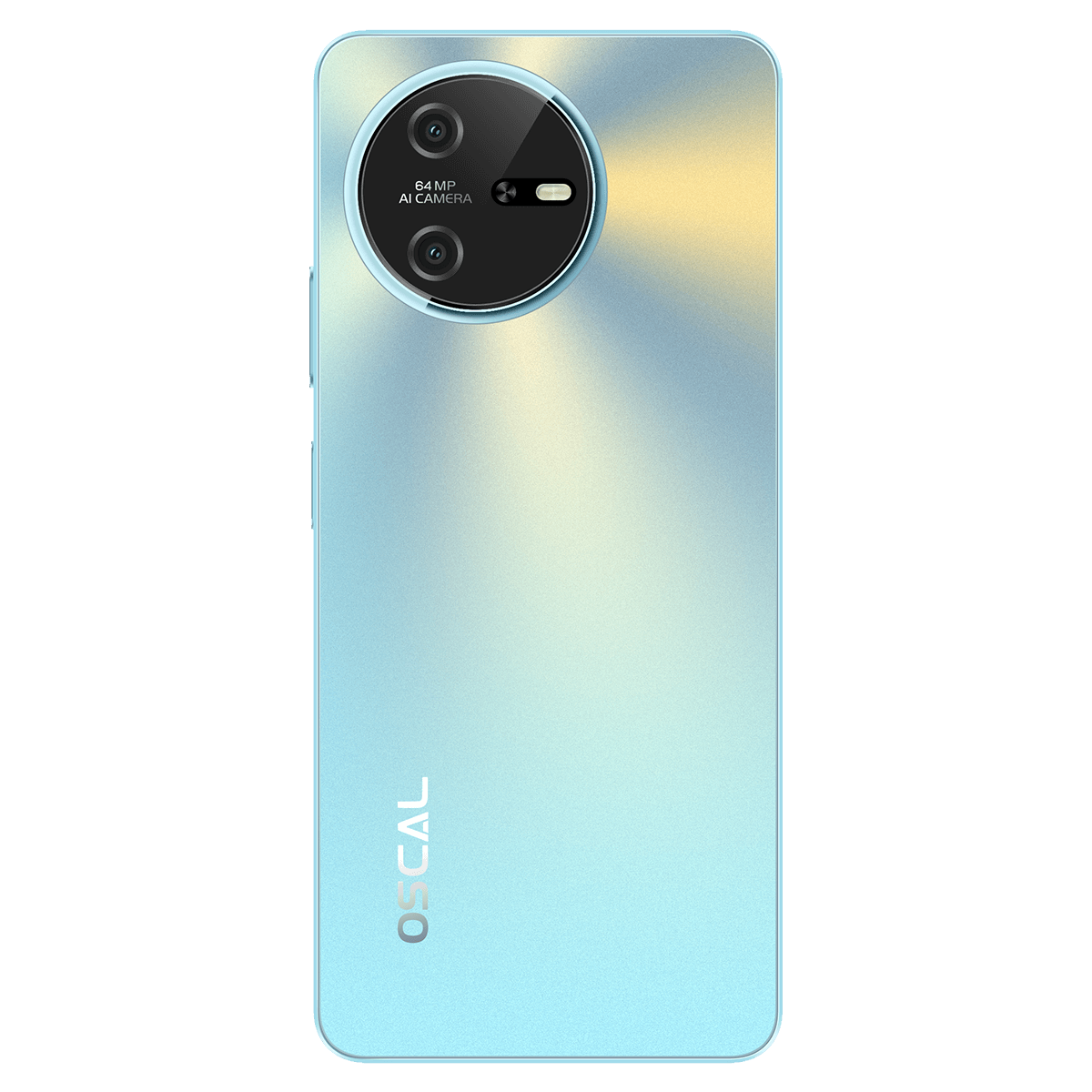
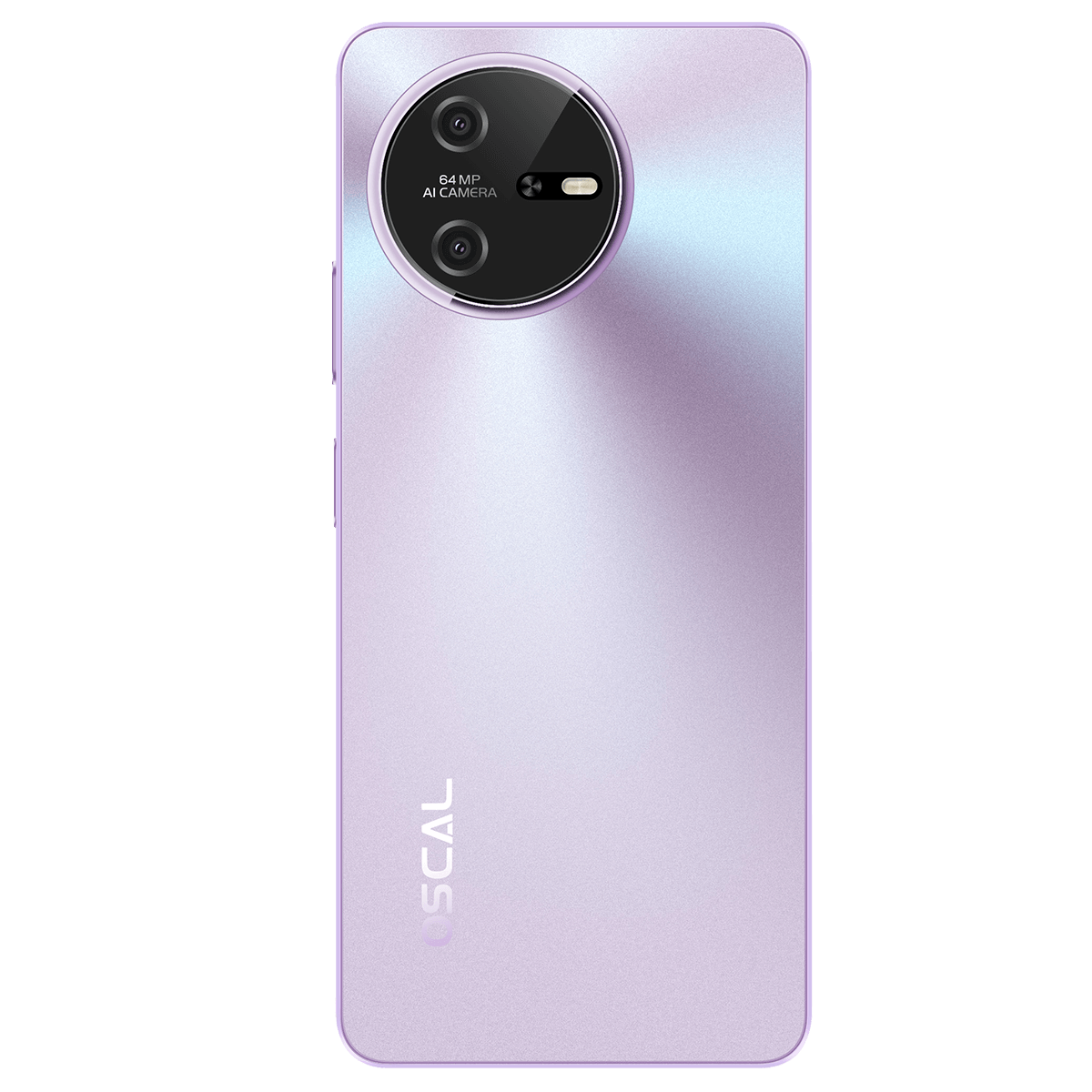


































 (1)-20251204034946188.jpg)
